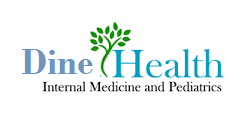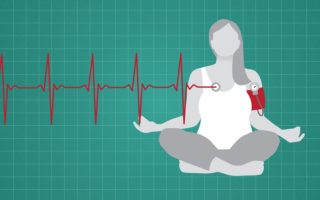Imagine living with chronic back or knee pain. Maybe you don’t have to imagine; perhaps it’s already your life. At any rate, pain clinics specializing in treating chronic conditions have a number of treatment options ranging from injections to nerve blocks. Some are beginning to look at regenerative medicine as yet another option.
The tricky thing about treating chronic pain is finding that right balance between pharmaceutical and non-pharmaceutical solutions. Some patients genuinely need pain medication. But if OTC pain relievers and prescription NSAIDs don’t work, do doctors and patients really want to go down the opioid road?
Regenerative medicine represents an option to avoid pain medicine altogether. Perhaps that’s why pain clinics like Lone Star Pain Medicine in Weatherford, Texas are now starting to offer platelet-rich plasma (PRP) and stem cell therapies.
Treating Pain by Treating Symptoms
Let’s say Lone Star doctors are treating a patient suffering from chronic osteoarthritis pain. Every few months, the patient comes in for injections. Those injections provide immediate pain relief through anesthesia and long-term relief from corticosteroids. The long-term relief is the result of reducing inflammation.
Any measure of pain relief is probably very welcomed by the patient. But neither anesthesia nor corticosteroids actually address the problem. Osteoarthritis is caused by a degradation and loss of cartilage. Steroid injections do not change that. They only offer temporary symptom relief. Regenerative medicine is different in that it seeks to induce healing.
Encouraging the Body to Heal
Both PRP and stem cell therapies are designed to encourage natural healing. In an osteoarthritis scenario, the idea is to encourage the body to replace lost cartilage. Take care of that problem and the pain goes away automatically. Successful PRP or stem cell injections lead to pain relief through healing rather than pain relief through masking.
Hard and fast data proving that regenerative medicine successfully encourages natural healing is lacking. But with each new study produced, the results are promising. Furthermore, there is ample anecdotal evidence suggesting PRP and stem cell injections deliver as advertised. That anecdotal evidence cannot be ignored with any level of intellectual honesty.
Safe and Approved
For the record, clinics offering PRP and stem cell therapies utilizing autologous material are well within established guidelines from the FDA. Federal regulations allow doctors to harvest both plasma and stem cells from the patient being treated before introducing them to the site of disease or injury. The big requirement is that the harvested material be minimally manipulated.
In a typical PRP procedure, the doctor would draw blood in a manner very similar to a blood draw for diagnostic testing. That blood would be placed in a centrifuge in order to concentrate the platelets. The resulting material would be platelet rich. It would also contain a number of growth factors well-documented to contribute to healing.
Finally, the resulting plasma would be injected into the affected joint. It is believed the growth factors and platelets together encourage the body to start the healing process. Likewise, stem cell injections follow the same basic steps, but the only difference being that the doctor is working with autologous stem cells rather than blood plasma.
Assuming anecdotal evidence can be trusted, regenerative medicine offers pain relief to untold numbers of patients by encouraging their bodies to heal. Here’s hoping the data bears out such evidence in the coming years. If it does, chronic pain doctors will have yet another tool to assist patients suffering from all sorts of conditions. The more tools at their disposal, the more doctors are able to offer genuine hope and relief.




